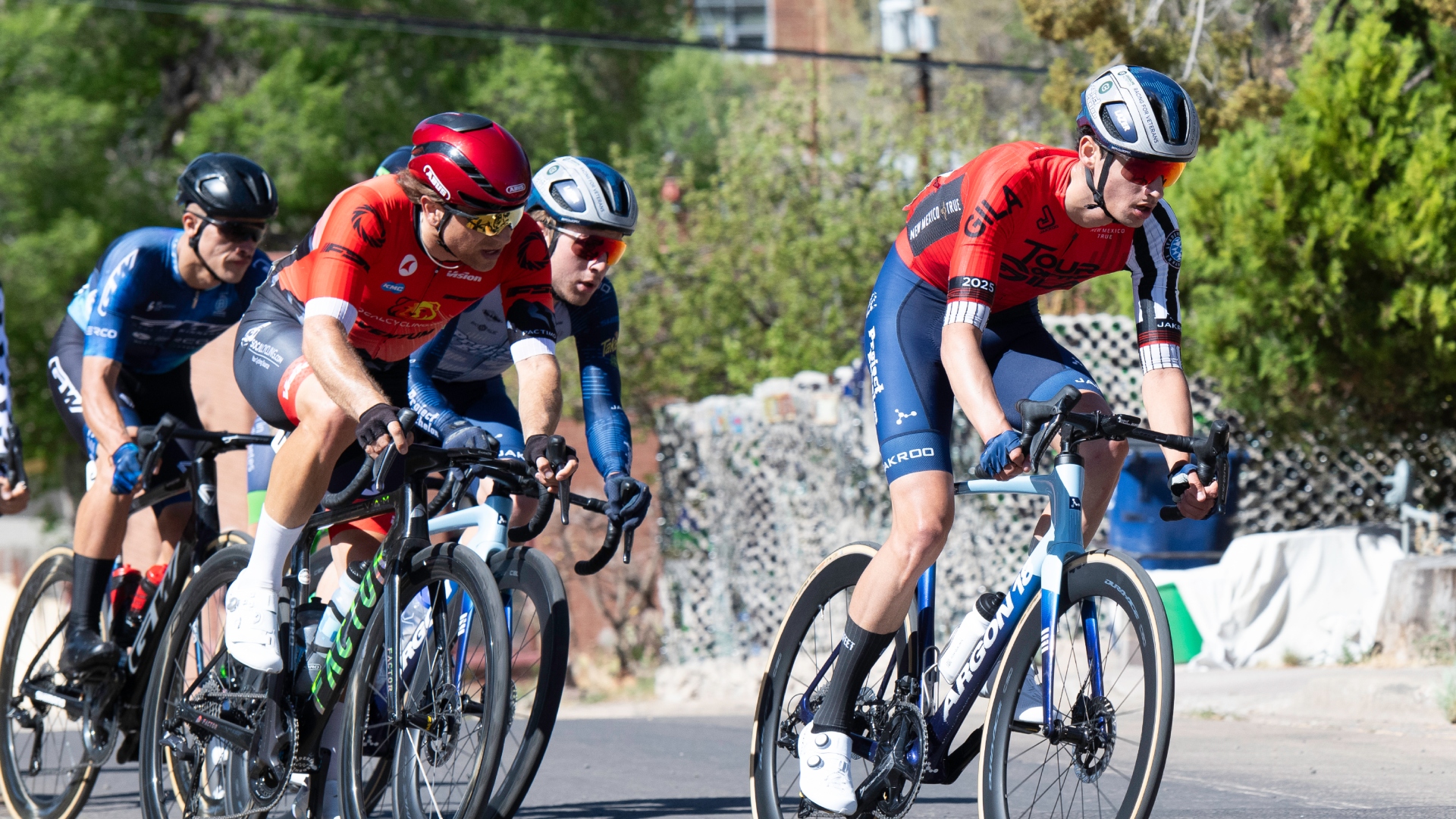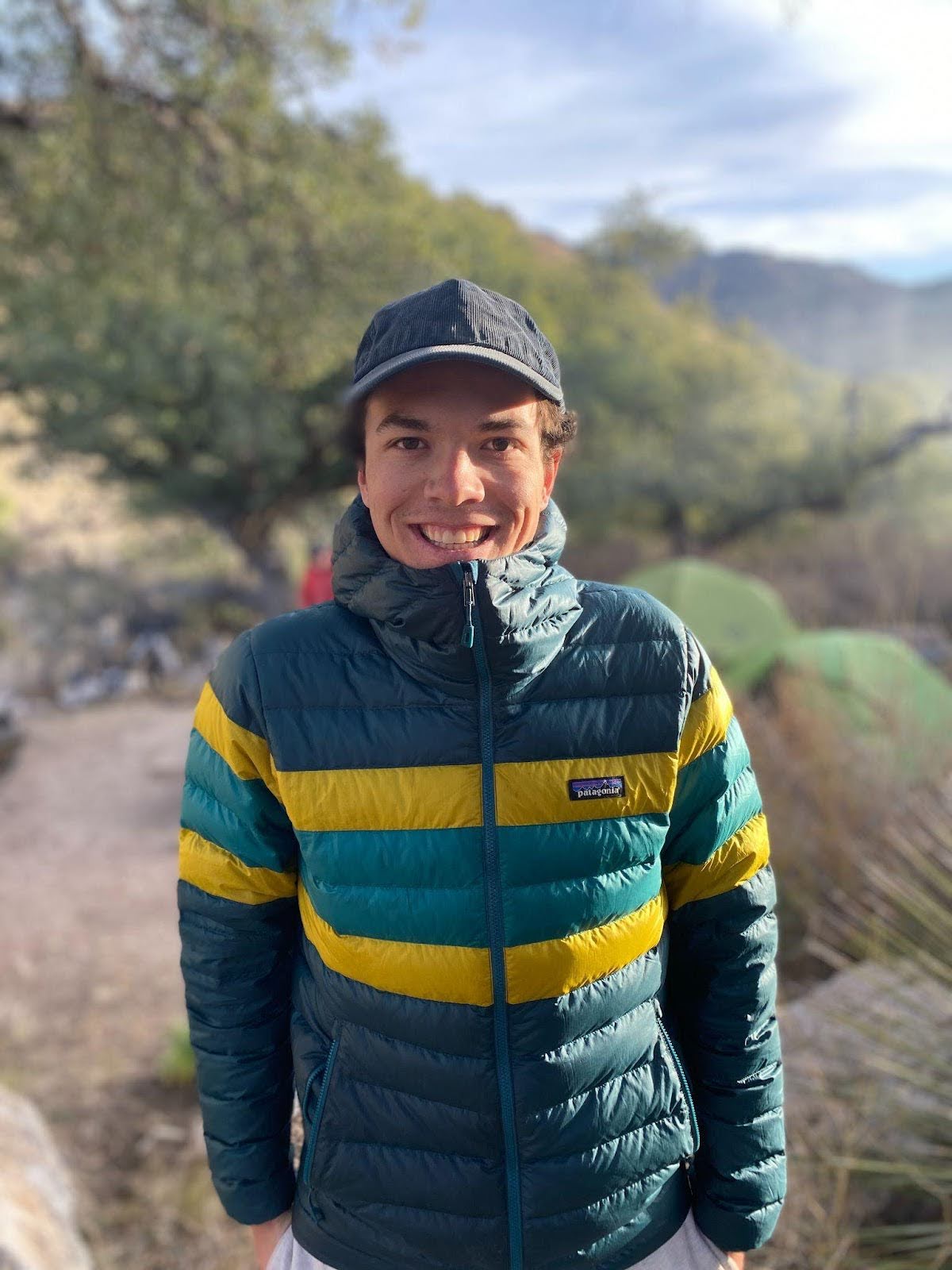The American bike racing calendar is sabotaging itself
When gravel, mountain, and road events collide, it’s the riders — and the future of U.S. bike racing — that lose


The United States of America is an enormous country. Unlike smaller, more densely packed countries, America’s cities are often separated by hundreds of miles. And driving between them is measured in days, not hours.
Being based in Phoenix, Arizona, I count myself as lucky as I’m within a six-hour drive of three of the biggest spring races in the U.S. - the Belgian Waffle Ride California mixed surface race, the Whiskey Off-Road marathon mountain bike race, and the UCI 2.2 Tour of the Gila road racing stage race.
But there’s a catch: I can only go to one of these events because the events are all, frustratingly, held on the same weekend.
In an often-maligned professional cycling landscape with limited opportunities for head-to-head racing against the best, this scheduling overlap is a big problem. It is also just one example of an increasingly frustrating facet of racing in America.
While each of these events serves as fundamental events in their respective disciplines, staging them at the same time hurts the cycling scene as a whole.
Belgian Waffle Ride California is the original BWR event, boasting over a decade of history as one of the best-attended gravel races in the United States. The race takes place on the road, gravel paths and cutty trails north of San Diego and is billed as an“Unroad” race by the organisers due to its unique mix of smooth road and rough segments of dirt terrain.
The Whiskey Off-Road mountain bike race in Prescott, Arizona, is now in its 20th year and is on the short list of the most celebrated mountain bike races in the United States. With 40-plus miles of beautiful high desert singletrack and gravel terrain, combined with the party atmosphere of a “fat tire” criterium on Friday, the race tends to attract top talents from both the gravel and mountain bike worlds. Look no further than racers like Olympians Riley Amos and Savilia Blunk to understand the quality of the competition.
Get The Leadout Newsletter
The latest race content, interviews, features, reviews and expert buying guides, direct to your inbox!
And last but certainly not least, there’s the Tour of the Gila in and around Silver City, New Mexico. This domestic staple has been around since 1987 and, for the men’s peloton, it’s the last UCI stage race remaining on U.S. soil. While professional road racing has withered in the U.S., Gila has remained steadfast — one of the few remaining springboards to a European career outside the junior ranks. It's known for its altitude, brutal climbing and old western flair, racing through the high desert of southwest New Mexico.
Three iconic and prestigious races, all running at the same time within the same region.
A first glance reaction to this might be that the scheduling overlap is fine because these events represent three different disciplines within cycling: gravel, mountain biking and road racing. Additionally, as gravel racing evolves, so too does its nuance and professionalism, making it feel increasingly distinct from its counterparts.
But I disagree; when you look closely at the events and its participants, they’re more alike than not.
For one, BWR California is the major U.S. gravel race that sits closest to its road racing sibling. Its premier course has over 50% pavement and, on paper, would suit many of the same riders who would also excel on the mountain stages of the Tour of the Gila. To be successful, both require five-plus hours of endurance racing, high aerobic thresholds and explosive climbing ability. Lauren Stephens, for instance, would have been a top-two favourite at BWR if she hadn’t been leading the Tour of the Gila.
Conversely, while Whiskey Off-Road is a mountain bike race, it shares plenty of DNA with the country's gravel scene. Race times hover in the three-to-four-hour range, with extended climbs and a blend of singletrack and gravel road climbs. Most importantly, its peloton is packed with Life Time Grand Prix riders and Wild Card hopefuls — many of whom could just as easily be battling it out at BWR California. Six hours of desert highway separate the two races, but they effectively cannibalise each other’s start lists.
Whiskey Off-Road and Tour of the Gila are the least compatible on paper. Yet in this day and age, the once polar opposites of endurance-based bike racing – road and mountain bike – are closer than ever. Just look at Eric Brunner, winner of the opening time trial at the Tour of the Gila. He is a renowned cyclocross racer who is now targeting the 2028 Olympics. The Gila and the Whiskey Off-Road race both demand climbing at altitude and serious aerobic depth, making it possible to effectively and successfully combine the two.
Underpinning the whole scheduling issue more than any race attribute or barrier of ability is the demand of what a new-age American pro can, and perhaps should be. And that is– multidisciplinary.
While the U.S. is a large country, its bike racing scene is but a small pond. Road racing, in particular, is truly a minor league, with only a handful of professionals left in the scene. Mountain biking is similar. Gravel, while by far the most lucrative domestic option, still leans heavily on mountain biking for professional viability, as evidenced by the Life Time Grand Prix’s mixed format.
The three disciplines — or "silos," as I like to call them — fundamentally need each other to succeed. True specialists are rare and so, stacking the only male UCI stage race (the women have two now, thanks to the Tour de Bloom), a top-five gravel race, and a mountain bike race with two decades of professional racing history on the same weekend is antithetical to what the goals of American racing should be.
Instead of splitting the talent pool, draining media attention, and scattering already limited resources, we should be building schedules that encourage cross-pollination. Let riders chase multiple goals across disciplines. You’ll have a stronger professional racing community for it.
All things considered, it comes down to this: synergy helps everyone. Race directors need to understand the landscape, both within their discipline and outside it, to create environments where the multidisciplinary nature of American cycling is a feature, not a bug. And even though the date wrangling is already happening for the 2026 calendar, making space for the big events to breathe is imperative for a healthy professional environment to succeed.

Thank you for reading 20 articles this month* Join now for unlimited access
Enjoy your first month for just £1 / $1 / €1
*Read 5 free articles per month without a subscription

Join now for unlimited access
Try first month for just £1 / $1 / €1

Logan Jones-Wilkins is a writer and reporter based out of the southwest of the United States. As a writer, he has covered cycling extensively for the past year and has extensive experience as a racer in gravel and road. He has a Bachelor of Arts from the University of Richmond and enjoys all kinds of sports, ranging from the extreme to the endemic. Nevertheless, cycling was his first love and remains the main topic bouncing around his mind at any moment.
You must confirm your public display name before commenting
Please logout and then login again, you will then be prompted to enter your display name.